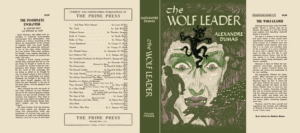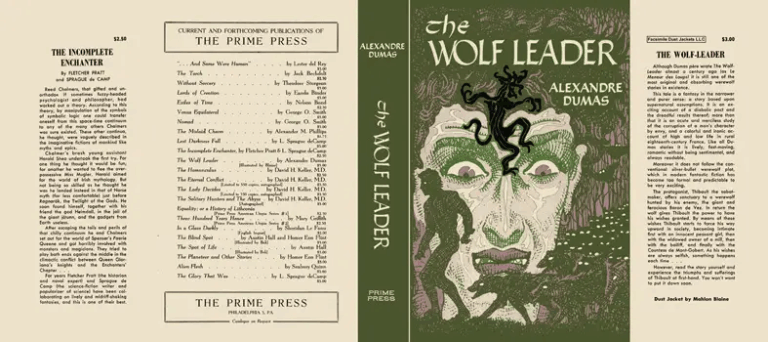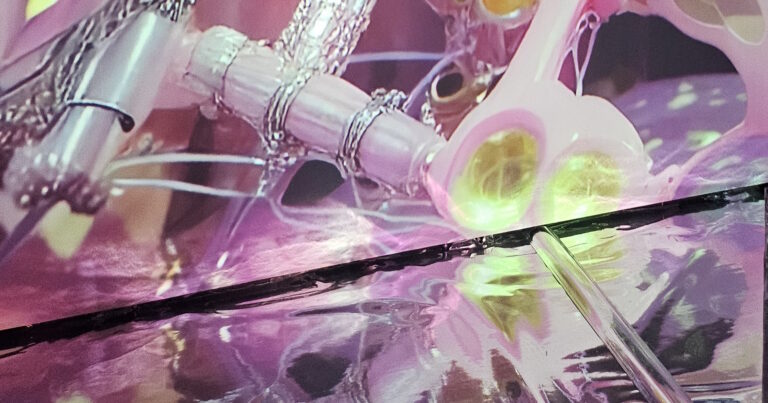Mentre ero seduta sulle poltrone del cinema, e la donnina della Paramount inforcava i suoi occhiali da sole, tentavo di imitare il grande Peter David di fronte a John Carter e di ripetermi “please, be good”. Because if you say “please don’t suck” that pretty much does it (cit). Non ha funzionato. Sarà per la mia naturale mancanza di autocontrollo mentale, sarà perché… beh, diciamocelo, Men in Black III è un film meno che mediocre, un film in cui lo sceneggiatore sembra essere stato più volte sparaflashato (solo così si spiegano tante e tali incongruenze nella trama), un film che decide di misurarsi con il complicato tema dei paradossi temporali. Fallendo miseramente.
E dire che il primo quarto non sembra aver perduto il suo charme, con la sortita al ristorante cinese, nonostante sia un po’ uno shock vedere quanto sia invecchiato Tommy Lee Jones, e nonostante Zeta venga sostituito da una non proprio convincente Emma Thompson, un po’ troppo incline a sfoderare il suo sorriso (non) compiacente. Quando incominciano i problemi? Quasi subito, in realtà, con un villain decisamente non all’altezza dello scarafaggio interstellare o di Sirleena: Boris (l’animale) torna indietro nel tempo per uccidere l’agente K ed impedire che lo arresti, incidentalmente lanciando uno scudo interstellare che porterà all’estinzione la sua razza di conquistatori spaziali. Il presente viene riscritto, Kappa è morto a trent’anni (fatti tutti contromano) e l’unico a ricordare come stanno le cose è Jay. Non è dato sapere il motivo. Il prode agente decide quindi di lanciarsi in un salto (letteralmente) temporale, per battere Boris sul tempo ed ucciderlo prima che possa compromettere il futuro del suo taciturno e ombroso collega. Alieni anni ’70, sketch razzisti e il coinvolgimento dell’Apollo 11 non bastano a salvare una trama debole, il cui unico squillo di colore rimane il robinwilliamsiano uomo pentadimensionale, invischiato nella sua rete di futuri possibili e interpretato da Michael Stuhlbarg. Mancano i consueti equivoci, i rovesciamenti di prospettiva, i personaggi di contorno che hanno reso memorabili i primi film. E tutto ciò mi delude profondamente.

Werewolves Wednesday: The Wolf-Leader (13)
A werewolf story by Alexandre Dumas père. Chapter XIII: Where it is demonstrated that a Woman never speaks more eloquently than when she holds her tongue As Thibault was talking to himself he did not catch the few hurried words which Suzanne whispered to the Baron;







No Comments